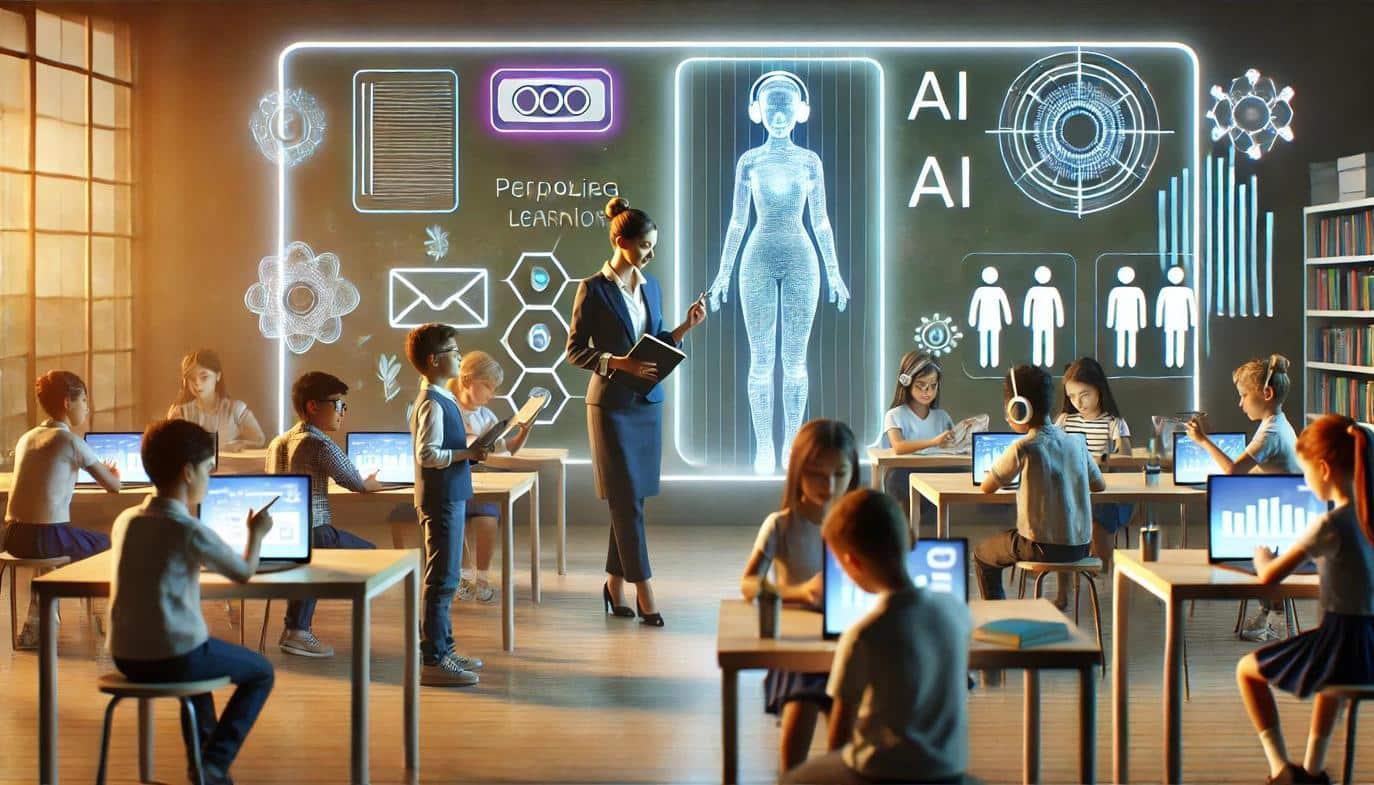Unlocking Success: Effective Strategies for Training Teachers in AI-Integrated Classrooms
Integrating artificial intelligence (AI) into education is revolutionizing classrooms worldwide. As schools adopt AI-powered tools and platforms, the need for effective teacher training in AI-integrated classrooms has never been more critical. Educators are the linchpins of this change, and providing them with the right skills, confidence, and resources ensures that students benefit fully from emerging technologies.
Why Training Teachers in AI-Integrated Classrooms Matters
The rapid evolution of AI in education—from smart tutoring systems to personalized learning analytics—offers unparalleled opportunities for both teachers and students.However,harnessing thes tools effectively hinges on how well educators understand and implement them.
- Empowering Teachers: Proper training builds confidence and competence in using AI-driven technology.
- Enhancing Student Outcomes: Teachers who integrate AI meaningfully can offer personalized and adaptive learning experiences.
- Future-Ready Skills: Equipping educators with AI knowledge prepares both them and thier students for the demands of a digital world.
Key Benefits of AI-Integrated Classroom Training for teachers
- Reduces Teacher Workload: Automates administrative tasks, providing more time for instructional engagement.
- Increases Engagement: Interactive AI tools capture student attention and foster active participation.
- Facilitates Differentiation: AI helps tailor lessons to diverse student needs and learning paces.
- Promotes Data-Driven Instruction: Access to detailed analytics enables evidence-based teaching decisions.
Effective Strategies for Training Teachers in AI-Integrated Classrooms
Unlocking success in AI-integrated education requires a multi-faceted approach.Below are proven strategies for empowering teachers to confidently integrate AI into everyday teaching practice.
1. Start with Foundational AI Literacy
- Demystify what AI is and how it works in educational settings.
- Offer workshops, webinars, and self-paced modules that cover AI basics for teachers.
- Highlight real-world classroom applications with practical, hands-on examples.
2. Focus on Pedagogical Integration—not just Technology
- Center training on how AI supports teaching goals and improves learning outcomes.
- Model blended learning scenarios where AI tools complement traditional methods.
- Foster collaborative lesson planning using AI-powered resources.
3. Deliver Ongoing, Scaffolded Professional Development
- Schedule regular, incremental training sessions rather of one-off seminars.
- Develop communities of practice where teachers can share ideas, challenges, and successes.
- Offer personalized coaching and mentoring from AI-savvy lead teachers.
4. Prioritize Real-World, Classroom-Relevant Practice
- Encourage teachers to pilot AI tools in their own classrooms, with supportive feedback loops.
- Use microteaching sessions to practice new strategies in low-risk settings.
- Showcase classroom case studies and peer success stories to inspire confidence.
5.Address Ethical Considerations and Digital Citizenship
- Educate on data privacy, algorithmic bias, and responsible AI use in schools.
- Integrate digital citizenship lessons into teacher training curricula.
- Promote transparency with parents, students, and stakeholders about AI systems in use.
Practical Tips for Effective AI Teacher Training
- Leverage Existing Strengths: build on teachers’ current tech skills and classroom routines.
- Foster a Growth Mindset: Encourage experimentation and resilience in the face of new challenges.
- provide Accessible Resources: Curate tutorials, guides, and video walkthroughs tailored to different skill levels.
- Incorporate Feedback Mechanisms: Use surveys and open discussions to refine training approaches.
- Align Training with School Goals: Make AI integration part of broader school improvement plans.
First-Hand Experiences: Voices from the Classroom
“At first, I was intimidated by the idea of using AI in my lessons. But after attending a hands-on workshop with real classroom scenarios, I realized AI could actually simplify differentiation for me. Now, my students are more engaged, and I have more time to focus on meaningful instruction.”—Maria Chen, Middle School Science Teacher
peer mentorship also emerged as a game-changer. As Maria notes, “Having a mentor who had already piloted AI tools in her own lessons made it so much easier to get started. She shared tips and was there when I had questions.”
Case Study: successful AI Teacher Training in Practice
One innovative school district in California rolled out a comprehensive AI professional development program. Here’s how they achieved success:
- Initial assessment: Conducted surveys to identify teachers’ comfort levels and training needs with AI integration.
- Customized PD: Developed differentiated learning paths, with beginner, intermediate, and advanced sessions.
- Hands-On Submission: Organized classroom pilots where teachers implemented AI tools under the guidance of tech coaches.
- Continuous Support: Provided a platform for peer collaboration and real-time troubleshooting.
- Measurable Impact: Reported increased teacher satisfaction, improved student outcomes, and a school culture more open to technological innovation.
Common Challenges in Training Teachers for AI Integration—and How to Overcome Them
- Resistance to Change: Counteract with structured support, positive peer examples, and clear demonstrations of AI’s benefits.
- Time Constraints: Utilize microlearning modules and integrate training into scheduled PD days for efficiency.
- Lack of Technical Resources: maximize use of existing devices, seek grants, and leverage free or low-cost AI education platforms.
- Complexity of AI Tools: Start with user-friendly platforms and scale up as confidence grows.
Conclusion: Shaping the Future of Learning with AI-Ready Teachers
Empowering teachers through effective AI-integrated classroom training is essential for truly transforming education. By embracing foundational AI literacy, prioritizing pedagogical impacts, and supporting teachers with ongoing, practical development, schools can unlock the full potential of artificial intelligence in learning.
AI in education is here to stay,and with the right strategies,training,and support,teachers are poised to become not just adopters—but leaders—in this exciting new era.
Ready to unlock success in your AI-integrated classrooms? Invest in purposeful, ongoing teacher training today—and watch as technology and teaching transform together for the better.

